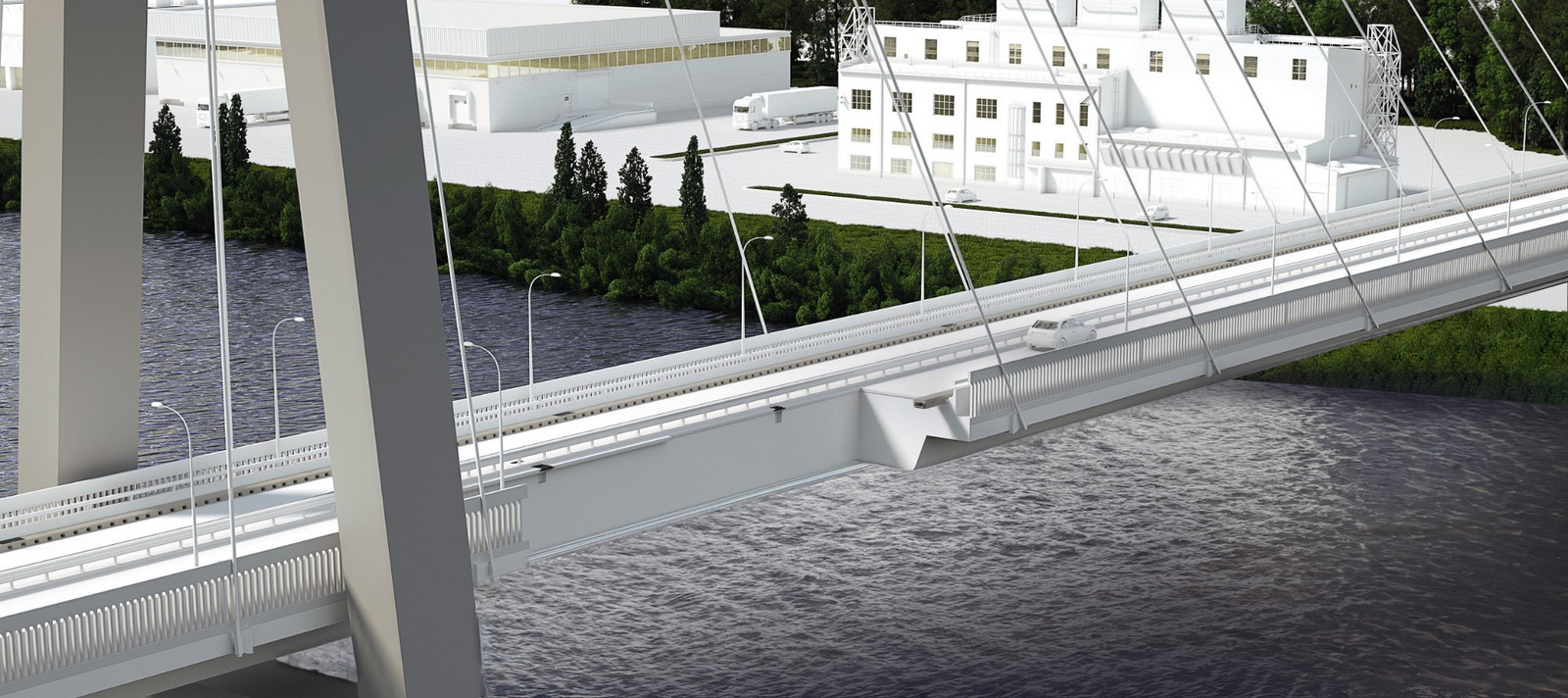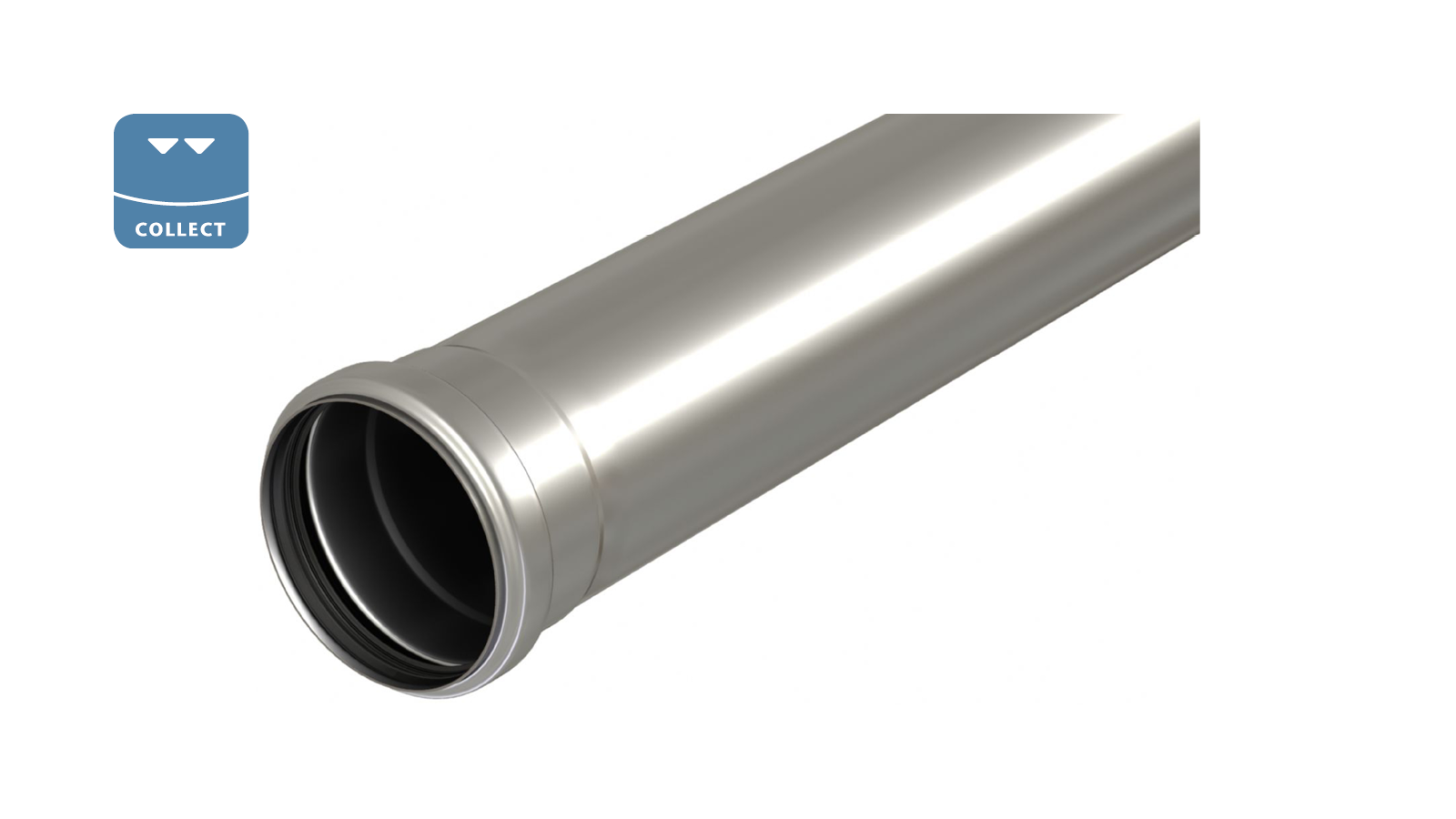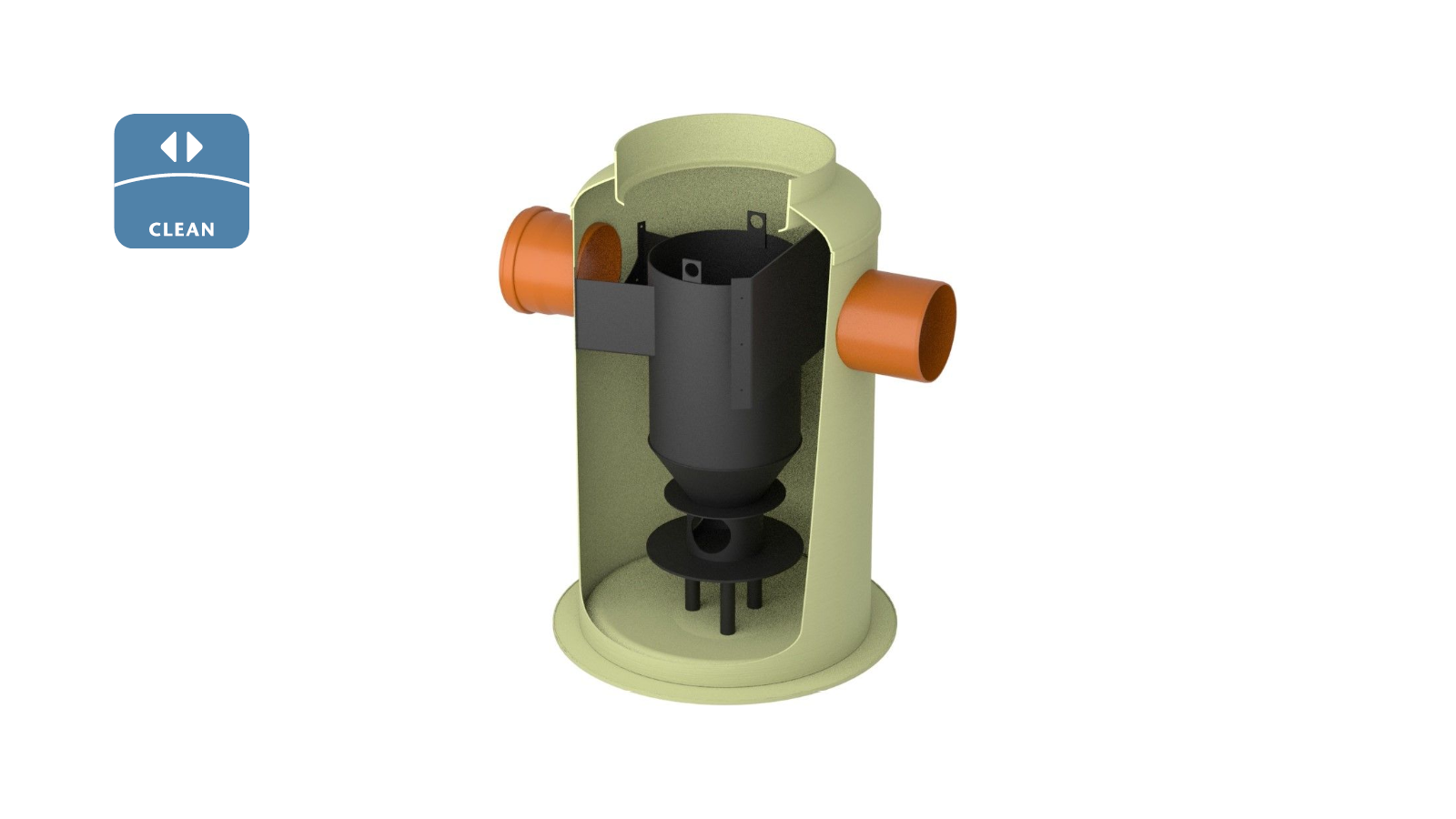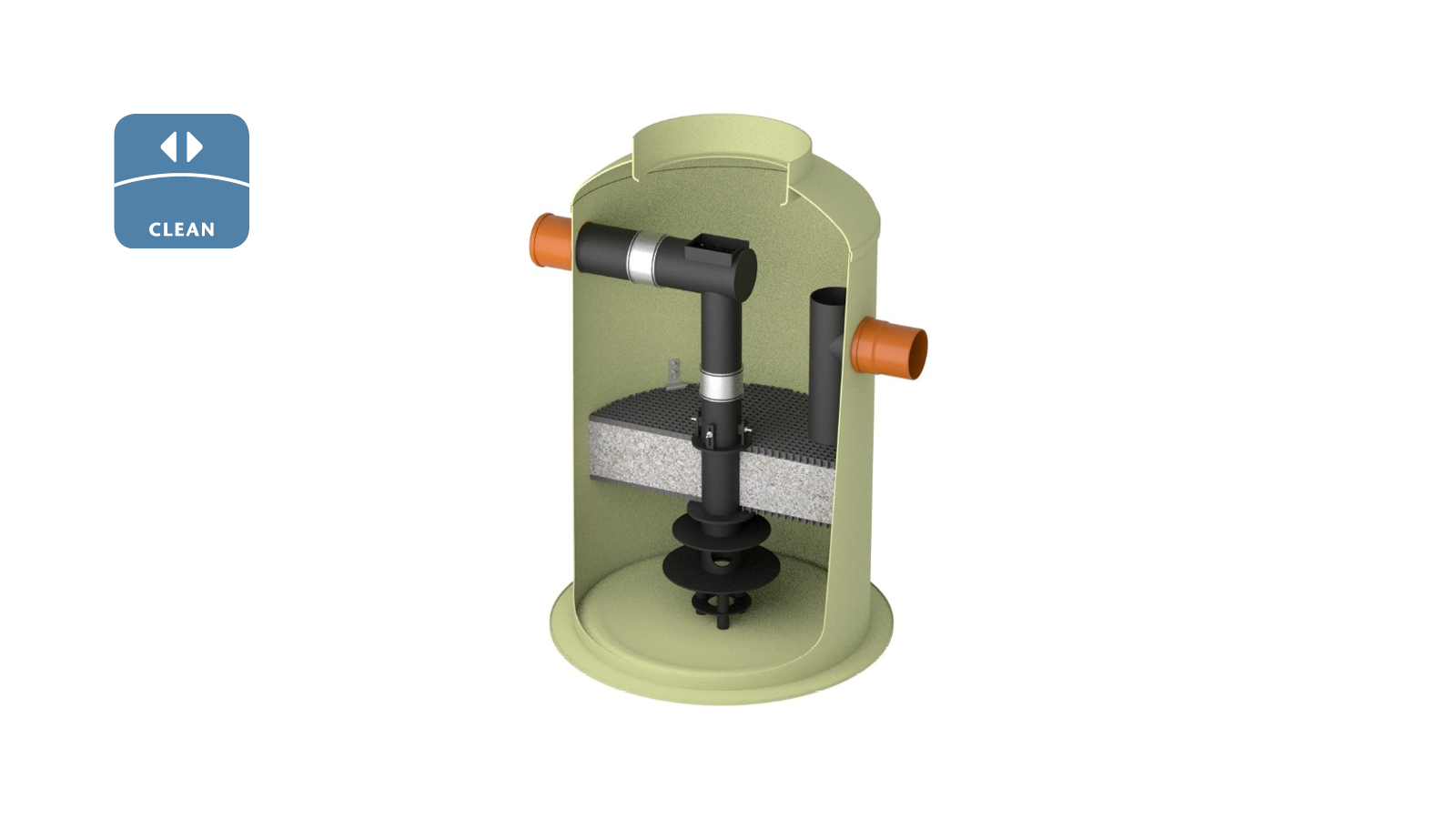Point drainage for bridges
Space constraints on bridges require efficient drainage solutions, influenced by construction height limitations. Optimal design is crucial, as minimizing concrete or steel usage can lead to significant cost savings.
ACO Multitop bridge gullies are designed to meet the special requirements during the construction and renovation of bridges and pavements. They enable significant improvement in the function, safety and economic efficiency of drainage. Special solutions are offered for all relevant areas of use.
ACO Multitop HSD
ACO Multitop HSD bridge gullies offer enhanced functionality, safety and efficiency. Their height-adjustable (H), laterally displaceable (S), and rotable (D) upper parts, along with screwless locking gratings and damping inserts, ensure seamless operations. The closed-frame design facilitates easy installation, with customizable drainage options.






